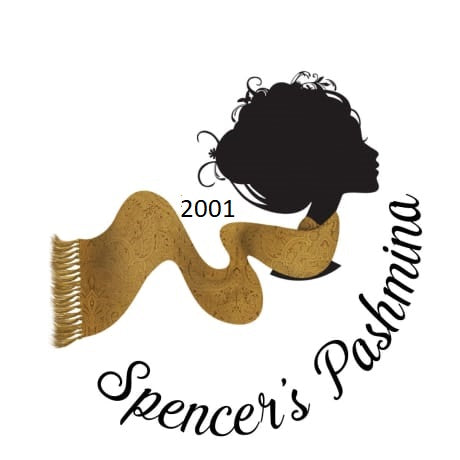
Chiru-Antelope
Pashmina scarf, shawl, stole and the wrap is an indispensable women’s fashion accessory. It is not banned at all. Some lobbies are spreading the propaganda that the pashmina shawl is banned. These lobbies have their own vested interests as the sale of pashmina shawl continues to adversely affect the business of other types of shawls.
The shawl which is banned is called Shahtoosh and not the pashmina shawl. The commonality between the two is the fiber which is obtained from the hair of the high altitude mountain goats. But despite this commonality, there is a big difference between the two. The fine fleece of Shahtoosh is obtained from the endangered species of goats called Chiru, Tibetan Antelope. Chiru has been declared as an endangered species under CITES (Convention on International Trade in Endangered Species). The fleece is obtained by trapping, killing, and skinning the hair of the underbelly of the Chiru. Notwithstanding the aforementioned ban, Shahtoosh shawl continues to be secretly produced as it is in high demand. This high demand is mostly from the buyers in the West. The shawl is very soft, extremely thin and light in weight, yet pretty warm. It is delicate and extraordinarily expensive. It weighs less than half the weight of the regular pure pashmina shawl. Shahtoosh is known to be the world's finest wool. The use of Shahtoosh shawl is considered as a status symbol of the elite. The price range is five to twenty thousand US dollars.
As stated earlier, the pashmina shawl is not banned at all. It is produced from the hair of the high altitude of the mountain goats, other than Chiru. Its fiber is obtained from the hair of the outer skin of the goats. The goats don’t have to be killed to obtain the pashmina fiber. Whereas pashmina shawl is softer, lighter and warmer than the shawls produced from the ordinary wool, acrylic or the combination of the two or any other fabric, these are no match to the banned Shatoosh shawl. Pashmina shawl costs around a hundred US dollars, far cheaper than the Shahtoosh shawl. However, a genuine pashmina shawl is more expensive than the shawl made from ordinary wool, acrylic or any other fabric.
The shawl is an indispensable women’s fashion accessory. We recommend that as responsible citizens, banned Shahtoosh shawl should not be purchased. Pashmina shawl is a very good substitute for Shahtoosh shawl. However, we must not fall prey to the sellers who sell fake pashmina at cheap rates. The purity of a pashmina shawl can easily be tested.

